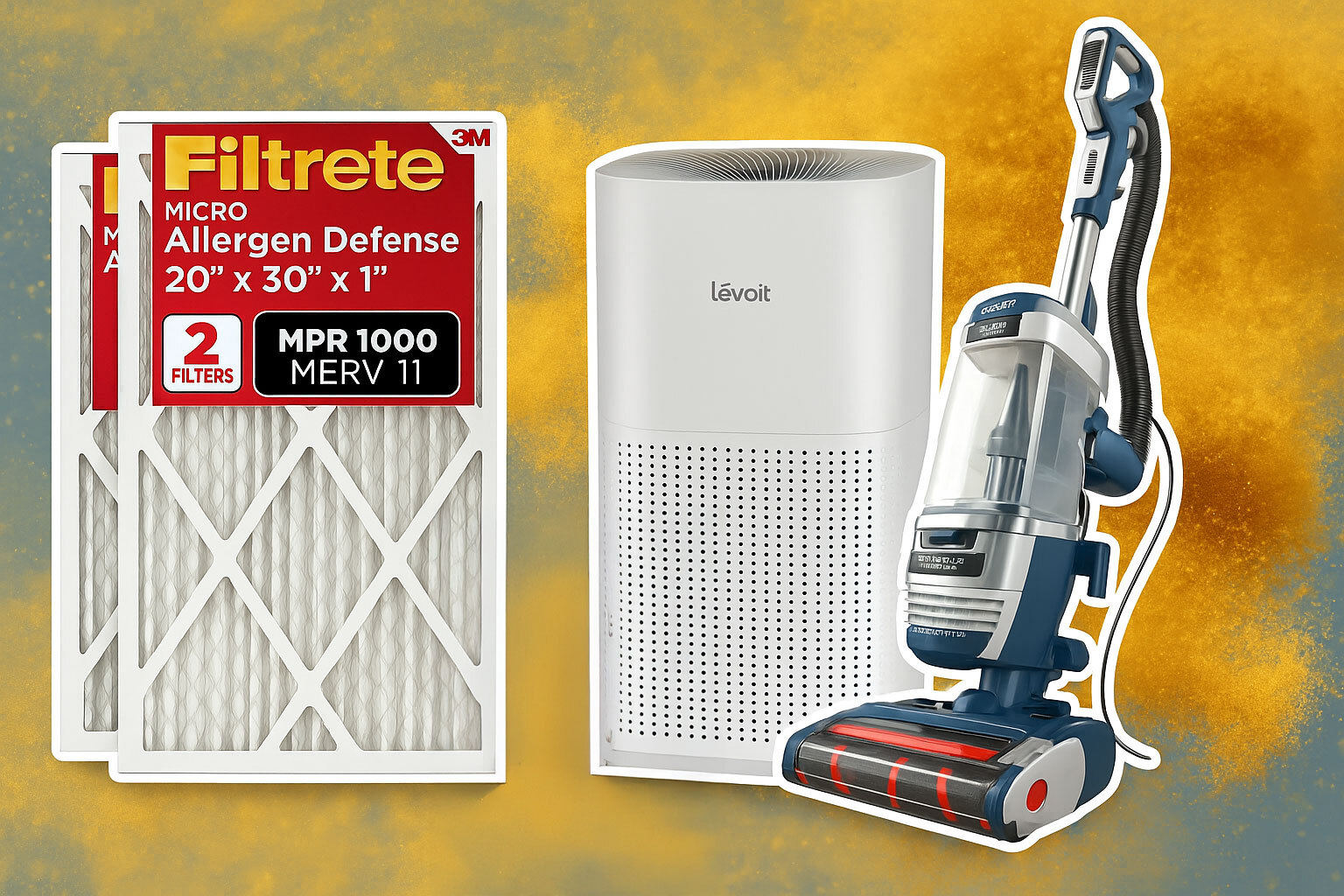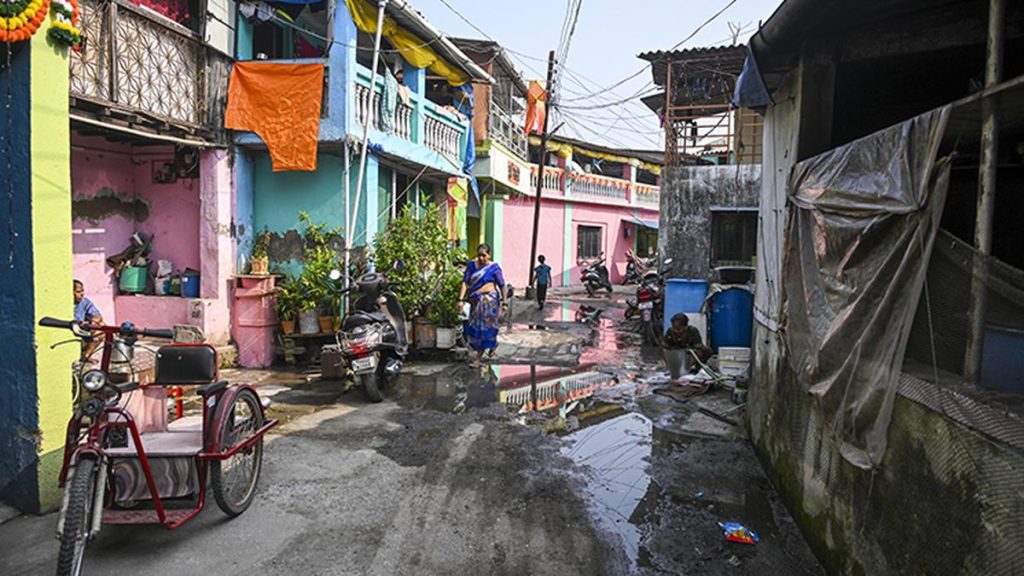Now Reading: Tips to Make Your Home Allergy-Free
-
01
Tips to Make Your Home Allergy-Free
Tips to Make Your Home Allergy-Free

Quick Summary:
- Environmental Allergies in the US: Identified as a significant concern,with 1 in 5 Americans diagnosed adn over 50% reporting an impact on daily life.
- Flooring: Hard-surface flooring reduces allergen accumulation but may emit volatile organic compounds (VOCs).Autonomous testing for health claims is recommended.
- Shoe-Free Zones: Encouraged to reduce the spread of pollen, dust, and dirt indoors.
- Paint: VOC emissions from paint can irritate respiratory systems; third-party certification is essential for safety claims.
- Laundry Practices: Washing at high temperatures (131°F/55°C) effectively removes allergens. Fragrance-free detergents are advised to minimize VOC exposure.
- Shower Routine Adjustments: evening showers remove pollen from hair and body,reducing allergens on bedding.
- Air Purifiers & HVAC Maintenance: use HEPA filters to trap airborne particles and change HVAC filters regularly to improve indoor air quality (IAQ).
- Humidity Control: Maintain levels below 50% with dehumidifiers to curb mold growth while avoiding respiratory irritation due to overly low humidity levels (<30%).
- Vacuuming & Cleaning Habits: Use vacuums with HEPA filters; clean surfaces with damp cloths rather than dry methods. Bedding should be put inside dust-mite-proof covers and washed frequently at high temperatures.
Read More
___
Indian Opinion Analysis:
This article provides actionable insights into minimizing environmental allergy triggers within households. while primarily focused on American demographics,the recommendations are globally relevant-including India-due to increasing urbanization and associated indoor air-quality issues. In urban Indian households where air pollution is a persistent problem compounded by dust mites or mold spores during monsoon seasons, measures like using HEPA-equipped air purifiers or enforcing shoe-free zones could hold distinct advantages.The absence of stricter product certifications highlighted here resonates in India’s consumer market as well-where ‘eco-friendly’ marketing labels often lack robust verification mechanisms. Pushing for transparent manufacturing standards will be essential alongside educating consumers about safer choices.
Implementing these practices may find barriers in cost feasibility for middle-class consumers but could serve upscale segments prioritizing health impacts alongside environmental concerns. Nevertheless, data-driven solutions targeting IAQ could provide scalable opportunities not only for manufacturers but also policymakers addressing India’s rising asthma/allergy rates among children.




























